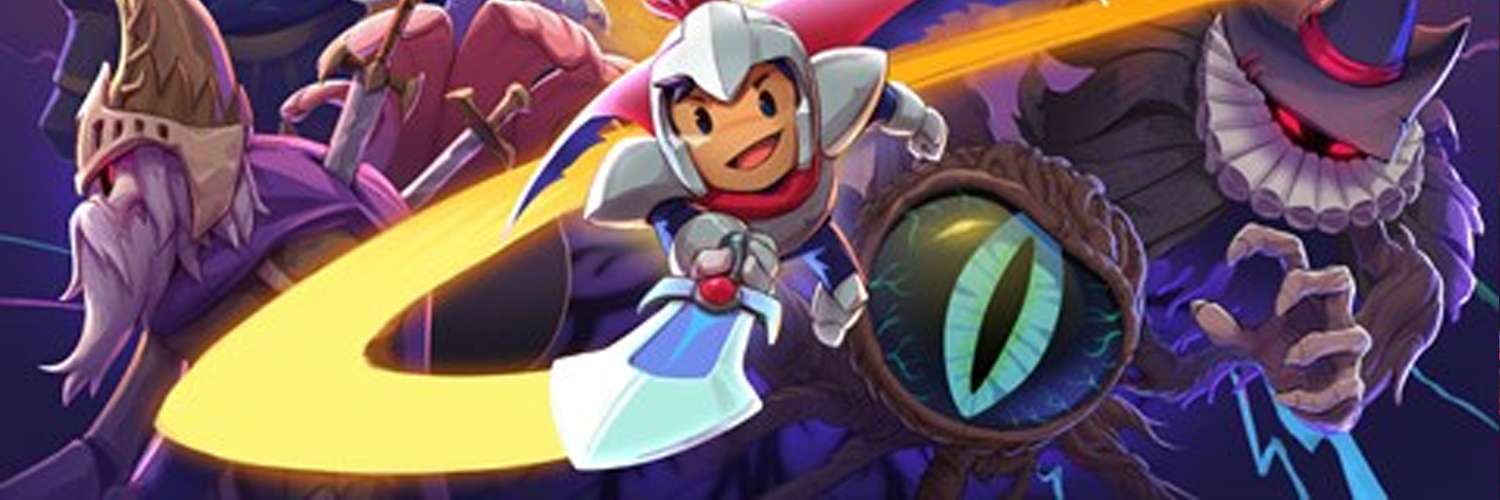
Rogue Legacy 2 PC Review
Since as far back when video games became commonplace in households, there have always been historical titles that set a new trend in iterations and imitators of their revolutionary mechanics; nearly every decade can be pinpointed to the game that revolutionized a genre, and the hundreds of follow-ups trying to follow up on the hottest new trend: the ’90s with its 2D mascot platformers, the 2000s with open world crime simulators, the 2010’ with First Person Shooters…the list goes on.
Arguably, the current decade has seen a lot more variety in different games and genres. Sure, there are plenty of imitators trying to capitalize on the massive success of Breath of the Wild or Minecraft, but not every game is trying to copy everything wholesale from those breakout hits, but instead have been iterating on their key concepts. After all, those aforementioned games weren’t the first ones to have open-world exploration or crafting elements, they were simply the ones to streamline and evolve those mechanics in a fresh new way that was also more fun to play.
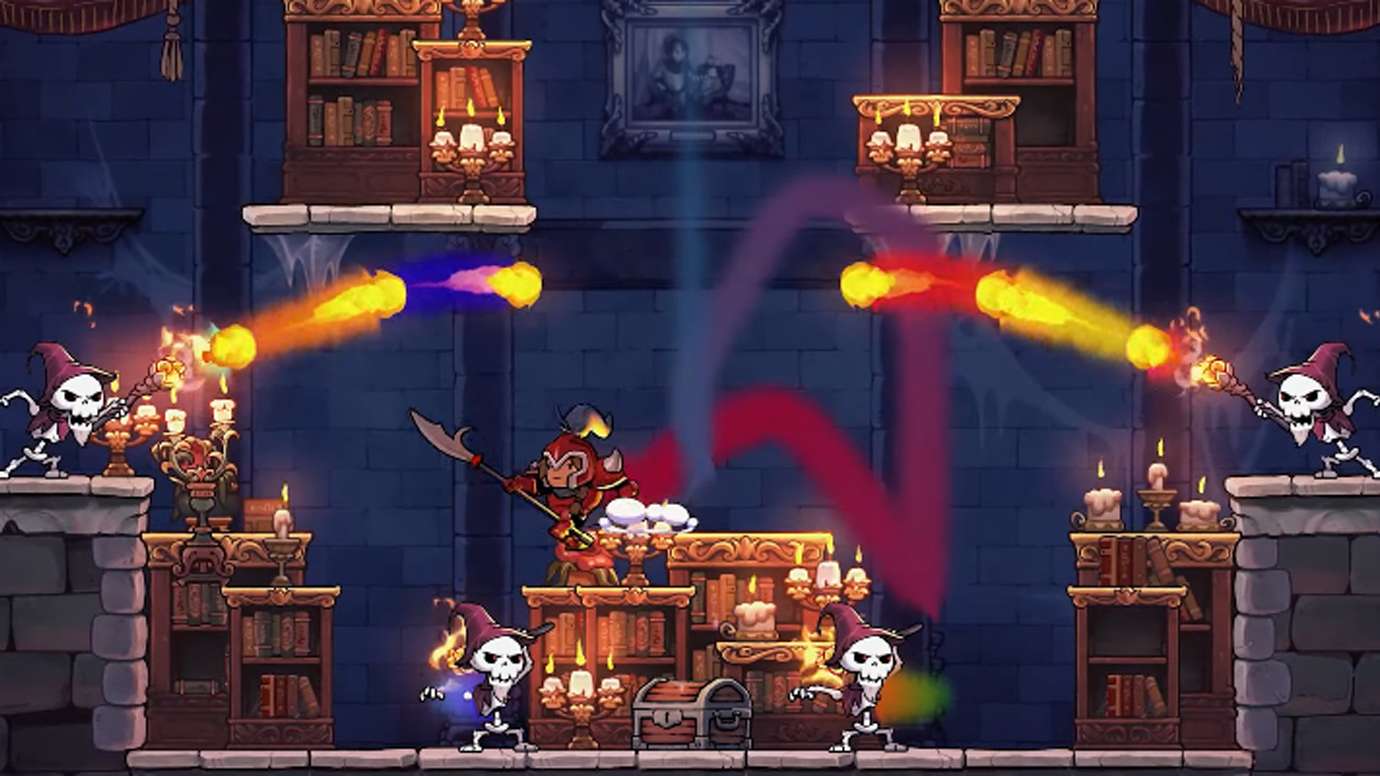
Which brings us to what may be the two most commonly iterative genres nowadays, particularly with Indie creators: Roguelikes and Souls-likes (the latter has also been dubbed “Soulsborne” by some, but the genre is immediately identifiable regardless). It turns out that gamers love dying frequently and uniquely, a desire both genres are happy to serve atop brutal difficulty, tons of customization and upgrades, and a whole lot of big swords and stat-enhanced armour to boot. As mentioned before, the gameplay concepts of challenging difficulty and randomized levels have been done many times before, but it was Dark Souls that redefined the old school adage of “Try again, do better” that was commonplace in Arcades and NES releases, and is now regarded as the modern point of reference regarding the concept.
As for Roguelikes, it is actually more difficult to narrow down which recent game was responsible for the modern trend: some may cite The Binding of Isaac as the first modern Roguelike to reach mainstream appeal, while others may insist that Spelunky takes the crown; coincidentally, these games all happened to release roughly around the same time, along with the third oft-cited title: Rogue Legacy. The 2013 debut title from Cellar Door Games stands amongst the most recognizable Roguelikes, on account of its multi-platform releases, its combination of randomized areas and inspiration from the previously-mentioned Soulslike genre, and because, well, it also has “Rogue” right there on the title.
One thing is for certain: Roguelikes and Soulslikes, as well as combinations of the two, are among the most frequently released genres these days, which is why the fact that it has been nearly ten years since the original Rogue Legacy might catch fans of both genres off-guard. It may feel like only yesterday when the critically acclaimed 2D action platformer featuring randomized areas, Castlevania-esque enemy and level designs and a “Monkey’s Paw” system of class abilities that could hurt or hinder players had released, but that can only be because so many similar, often improved iterations have come out in-between. To put it more simply, there is no shortage of quality 2D Rogue/Soulslikes worth mentioning, which potentially makes it harder for the sequel to one of the originators of the concept to stand out.
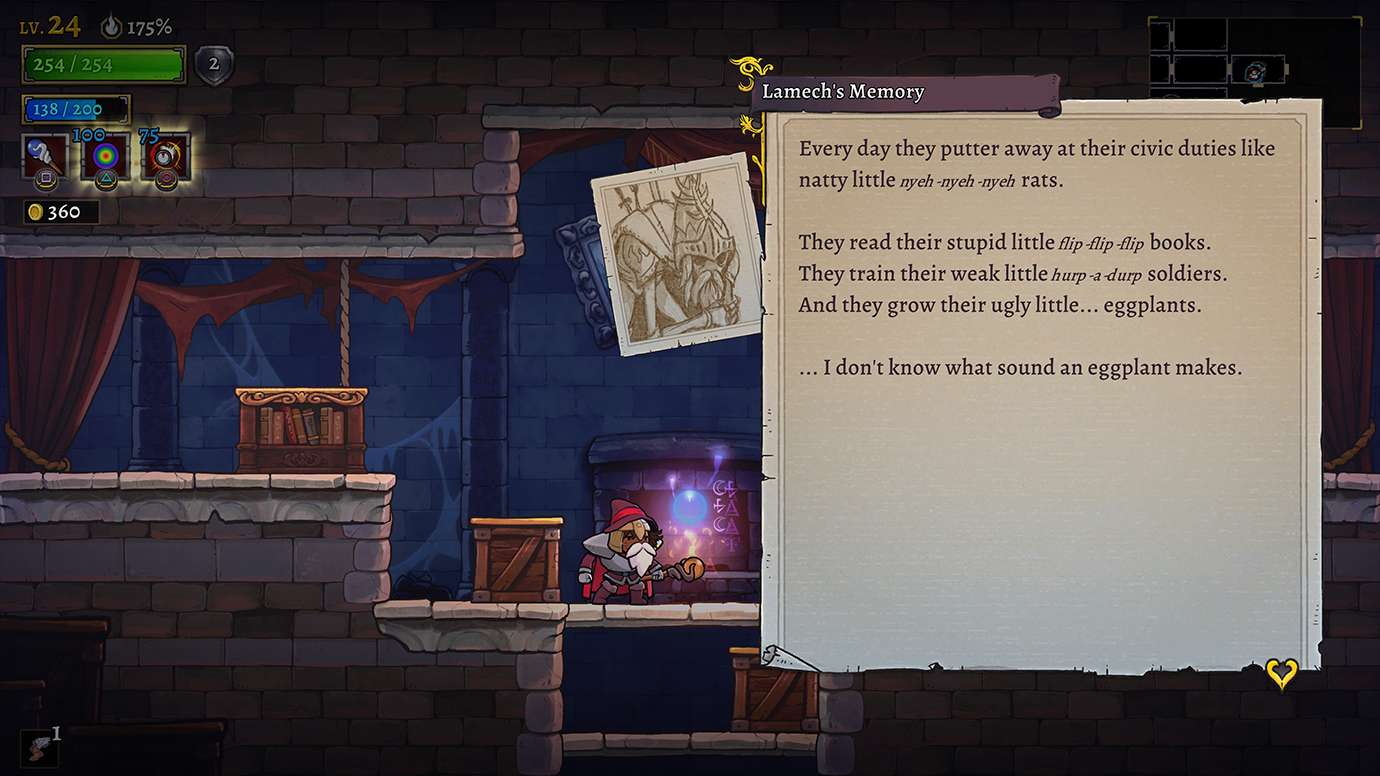
Fortunately, Cellar Door Games took the correct route by not focusing so much on reinventing the genre but instead iterating on what made the first game such a smash hit, as well as improving on the aspects that needed more ironing out. The most notable change in Rogue Legacy 2 is the switch to 3D visuals vs the traditional sprites of its predecessor, though even that is hardly noticeable due to the seamless cel-shading as well as the same fixed perspective, resulting in a much nicer looking game that still keeps the same quirky aesthetics.
More notably, the controls have received a much-needed tightening up that eliminates most of the floatiness of the original game; gone is the imprecise weightlessness of the original, which doubtlessly resulted in many unintentional deaths, while the sequel’s controls feel much snappier with attacks having more feedback to them and jumps being more precise with short and long hops, respectively. It brings to mind the importance of precise controls in these types of games, where every input frame can mean victory or defeat by a hair’s breadth, and how some games fail to capture the responsive controls that From Software has refined in their flagship series and spinoffs.
With the new controls comes new techniques as well, fulfilling nearly every button on the player’s preferred controller; in addition to the pogo-like attack from the first game (think Ducktales or Shovel Knight), there is also a new Spin Kick manoeuvre that can bounce off enemies to deal little damage and, more importantly, for gaining extra mobility by bouncing off objects and platforms. Mastery of the Spin Kick becomes especially necessary in later stages that amp up the perilous platforming as well as the harder-hitting enemies. But this is merely the start of the player’s new arsenal of abilities, as relics found within the castle will allow the use of double-jumping, air dashing, and all the usual familiar-yet-fun methods of movement found in most of these games.
The new toys don’t end there; like the previous game, Rogue Legacy 2 offers a random assortment of classes to restart each run, each with their own strengths and weaknesses. There are returning classes like the slow-yet-deadly swinging Barbarians and the glass cannon Mages, but there are a host of Classes to play around with, from familiar fantasy staples like the Dragon Lancer (which can use its charge lance for extra damage as well as mobility) and the Gunslinger (which can deal the fastest damage from a distance but also needs time to reload shots), to odder additions that are no less useful; the Chef, in particular, has two useful abilities including health-draining heat attacks from their frying pans and the ability to cook up a health-restoring soup on the fly. In fact, every class starts off with two abilities, some requiring mana to cast, others requiring a cooldown timer that can be circumvented under the right circumstances (such as Valkyrie, which has a deflective spin attack that recharges instantly every time it comes into contact with a projectile).
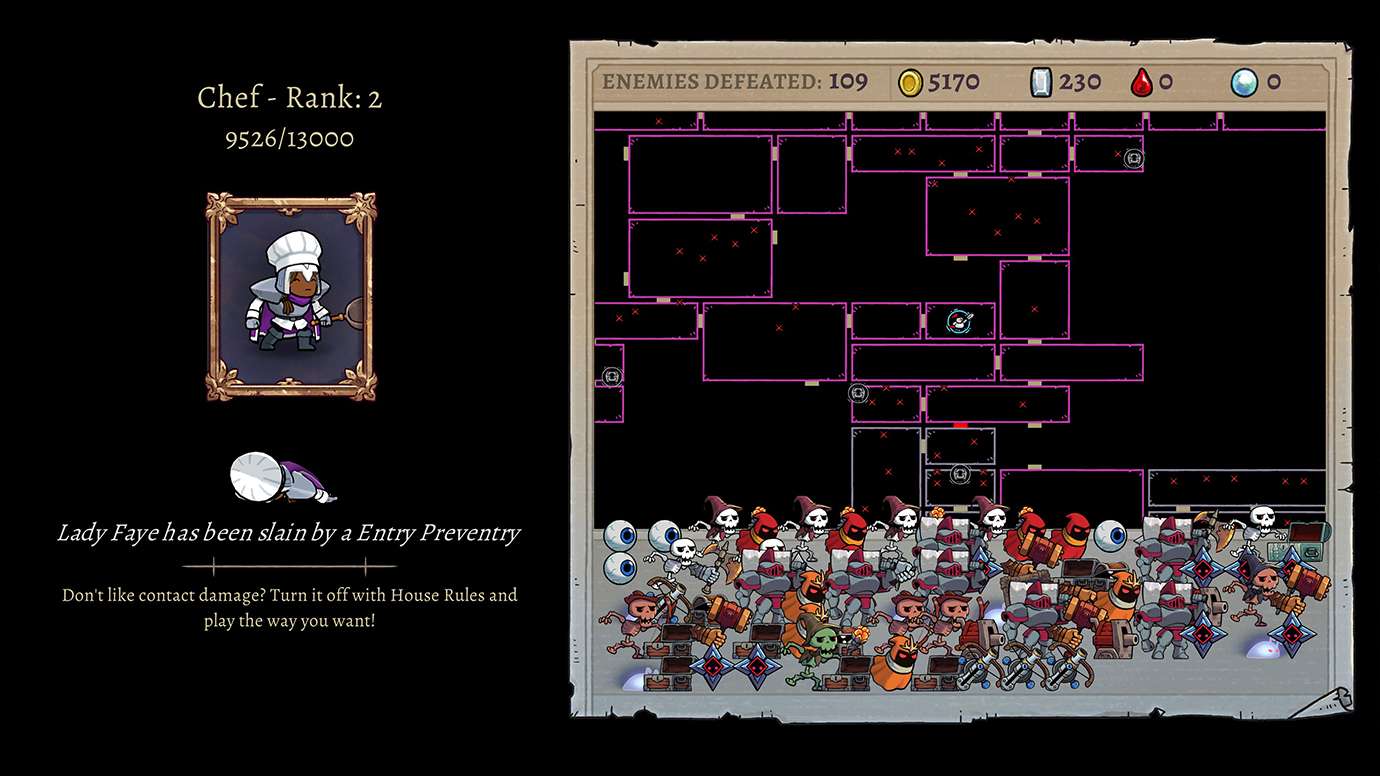
In true Roguelike fashion, as well as a carryover from the first game, Classes in Rogue Legacy 2 also come with randomized traits, many which offer unknown effects until the player chooses them. These can range from harmless nuisances such as color-blindness or random bouts of IBS, to much riskier handicaps such as dying on a single hit or only being able to do damage with critical hits. Naturally, choosing such dangerous traits will also increase the amount of gold that can be earned during a run, which is one of the few things that will carry over after death.
Indeed, much like real life, gold makes the world go round in Rogue Legacy 2, and is responsible for just about every single upgrade and unlock in the game, of which there are many. In the main hub area before each run, players can spend the cash of their previously-deceased heroes to unlock skill perks, such as extra health, extra armor, extra classes and so on, in addition to purchasing (and improving) gear from the blacksmith, once the required blueprints are found. There are also runes which offer passive effects, as well as strict weight requirements for both equipment and runes, which can be increased further with more gold. It is wise not to be frugal with money, since all remaining funds are taken away when re-entering the dungeon, though there is also an unlock that retains some of that lost money as well. Money also becomes important within the castle itself, as players will eventually find an NPC that can create fast travel points for every area in the game with the right amount of funds, which avoids having to start the castle from scratch every run. Even better, there is an NPC who can keep the castle from randomizing its levels entirely (though be prepared to give up a percentage of the gold earned while this feature is active), which is supremely useful for players needing to repeatedly take a crack at each area’s boss without running around a randomized path each time.
To put it simply, the more a player dies, the more they can unlock in order to die a whole lot less. As punishing and even unfair as the game can get, Rogue Legacy 2 always has something new and beneficial for the player to unlock before their next run, which only encourages more runs rather than breaks for every failed attempt. Think of it like consolation prizes, although the onus is still on the player to skillfully navigate the platforms, traps and enemies as long as possible while also taking out each of the towering bosses (called Estuaries), not to mention uncovering the secret passages and deadly challenges to uncover extra loot. Run, die, repeat…it is a satisfying feedback loop that makes Rogue Legacy 2 one of the most satisfying and addicting of its genre, even after a decade of countless successors.
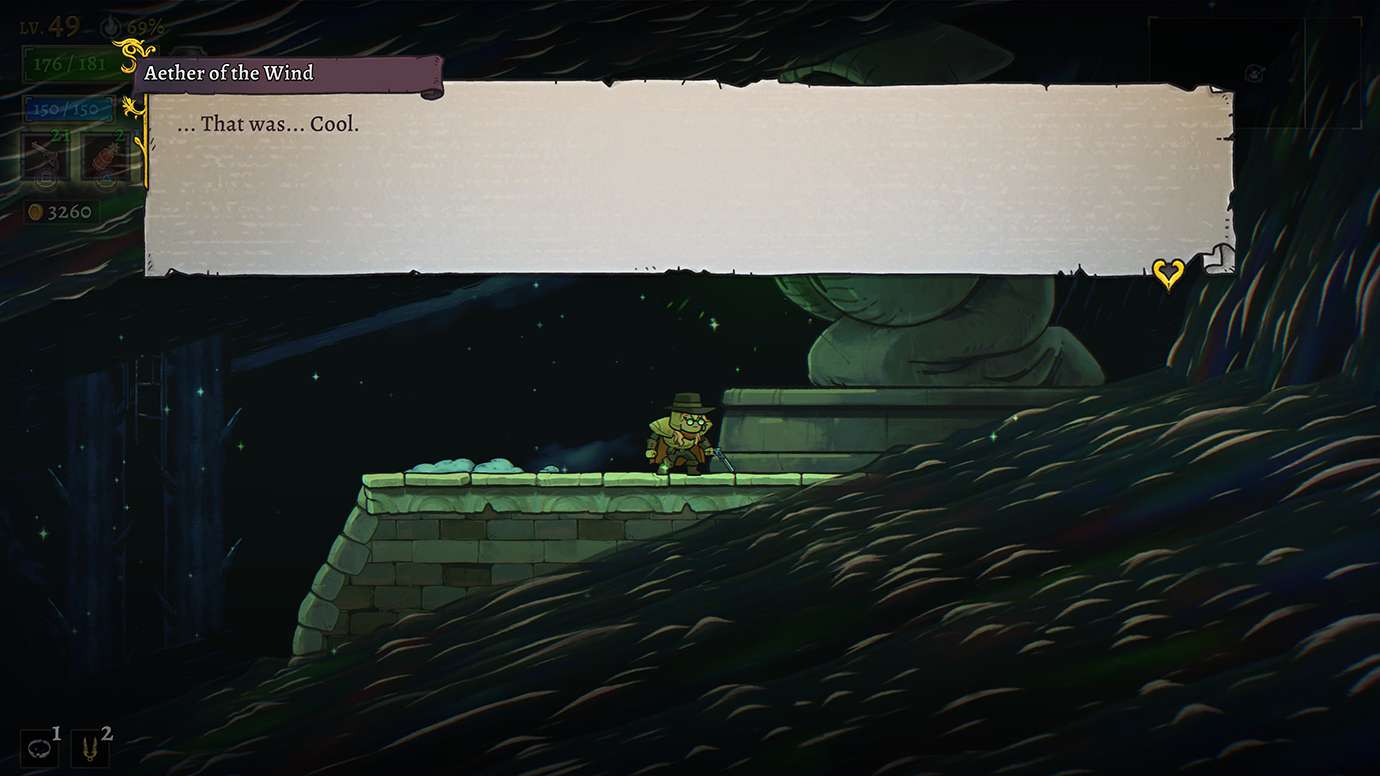
As for negatives, the most glaring of the small quibbles found is in regards to levelling up Classes. The more enemies defeated, the more experience a Class receives, which means permanent boosts to damage, health and so on. The problem with this is that taking new or seldom-used classes to harder areas will undoubtedly lead to quick deaths and little progress, which means having to grind in earlier areas that may have been explored to their fullest. The next issue is the inevitable frustration that is expected in every Roguelike: sometimes players will just get a bad run, from a randomized room with unfair enemy placement or a cursed item that ends runs prematurely. Fortunately, once a stat or item is collected, its traits (both positive and negative) will remain catalogued for future runs.
In conclusion, while Rogue Legacy 2 is more of a refinement than a revolution, it nonetheless stands out as another must-have Roguelike, which is impressive given the ever-increasing supply of quality titles in the genre. Even if the plate is currently full, this is another tasty dish that is worth savoring when the craving comes calling again.
